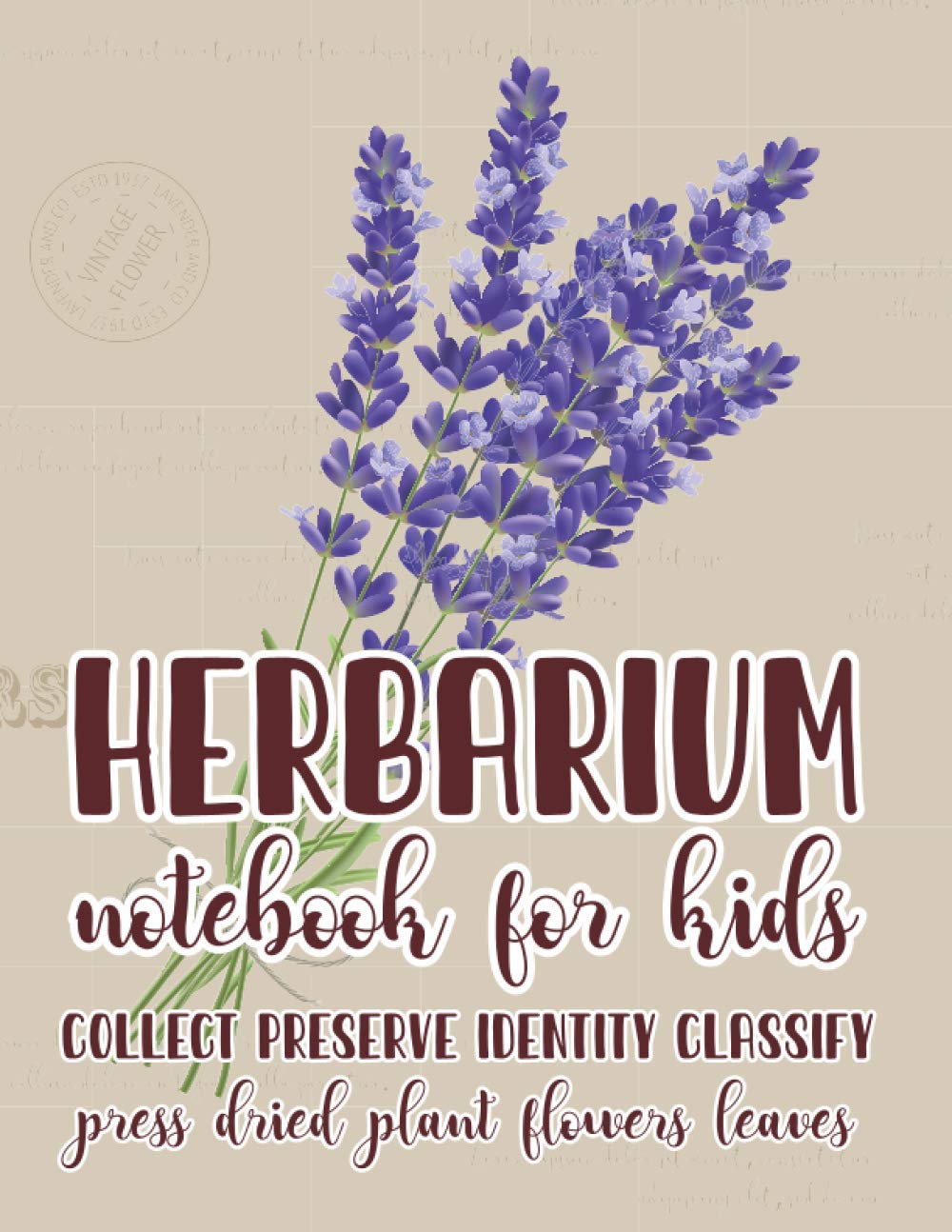All Categories



HERBARIUM NOTEBOOK FOR KIDS COLLECT PRESERVE IDENTIFY CLASSIFY PRESS DRIED PLANTS FLOWERS LEAVES: Big Log Book 50 Cream Blank Sheets to Fill Easily ... in All Seasons Spring Summer Autumn Winter
Share Tweet
Get it between 2024-12-03 to 2024-12-10. Additional 3 business days for provincial shipping.
*Price and Stocks may change without prior notice
*Packaging of actual item may differ from photo shown
- Electrical items MAY be 110 volts.
- 7 Day Return Policy
- All products are genuine and original
- Cash On Delivery/Cash Upon Pickup Available








About HERBARIUM NOTEBOOK FOR KIDS COLLECT PRESERVE
Here is a Perfect Pretty Gift for a Kid Nature Lover 🍀 This botanical notebook journal is useful to collect preserve and classify quickly and easily informations from plants, flowers, leaves, vegetables, fruits... 50 cream blank sheets to fill Big book with large page Informations emplacement : number, date of collection, name of the plant, family, habitat, locality, altitude, notes... Page numbered Summary to customize What is an herbarium for? to discover or confirm the identity of a plant or determine that it is new to science (taxonomy) document the concepts of specialists who have studied specimens in the past (taxonomy) provide the necessary equipment to carry out morphological measurements (taxonomy, systematics) provide data on localities for field trip planning (taxonomy, systematics, teaching) provide data for floristic studies (taxonomy) serve as a repository for new collections (taxonomy and systematics) provide data for revisions and monographs (systematic) check the Latin names of the plants (nomenclature) serve as a secure repository for "type" specimens (taxonomy) provide infrastructure for obtaining loans, etc. of research materials (taxonomy and systematics) facilitate and promote the exchange of new material between institutions (taxonomy) allow the documentation of flowering and fruiting periods and juvenile forms of plants (taxonomy, systematics, ecology, phenology) provide the basis for an illustration of a plant (taxonomy and general edition) provide material for DNA analysis (systematic, evolutionary, genetic) provide information for GIS studies of past and future collecting expeditions (taxonomy, ecology, etc.) accommodation vouchers for photographs that can be used in conferences, websites and publications (taxonomy) provide information on rare, extinct or extinct species that can no longer be found in the wild (taxonomy, conservation biology) provide modern specimens for comparisons with fossils (e.g. leaf pattern classification; paleobotany) trace the history of the use of binomials for a given taxon in a given area (local flora) Why start a permaculture herbarium? Because the common trunk to these 2 practices is observation! In vegetable permaculture, it is recommended to observe the land devoted to cultivation for a period of one year. There to see the cycle of seasons, observe which plants grow spontaneously (bio-indicator plants), draw conclusions on the nature of the soil. Observe the sunshine and its counterpart, the shade, possible winds, the water cycle, the slope, the presence of possible pests, neighbors who work in conventional agriculture and generously spread their pesticides ... Careful observation and careful interaction will more effectively integrate human intervention into the project. Often, important creative levers to reduce dependence on non-renewable energy or non-recyclable materials are deployed during the observation phase. It is only when all this data is available that the permacultivator takes out his pencil to develop a permacultuous design (project).




 (2)
(2)















